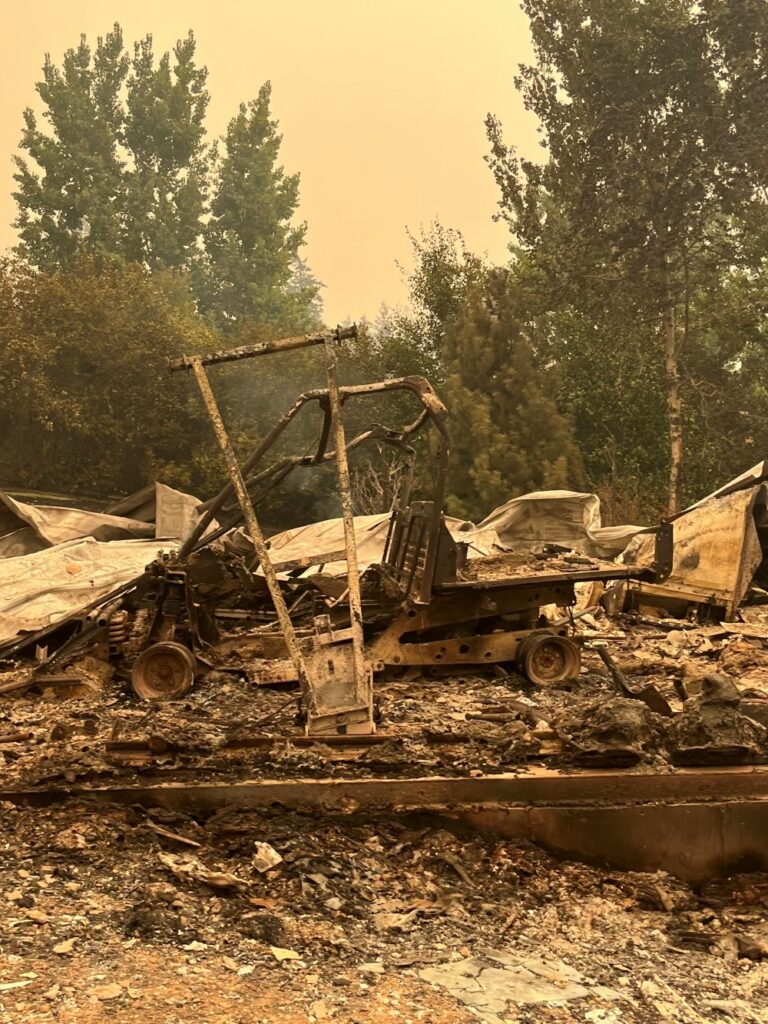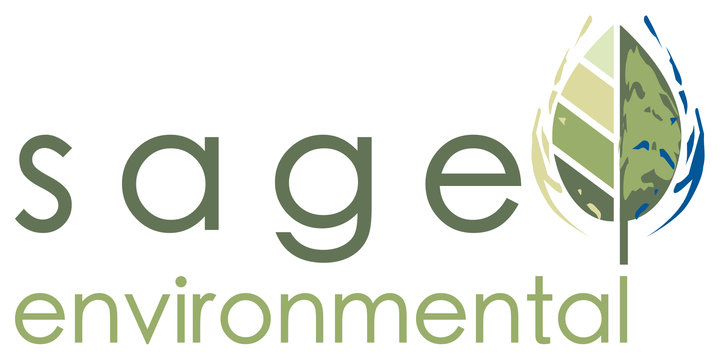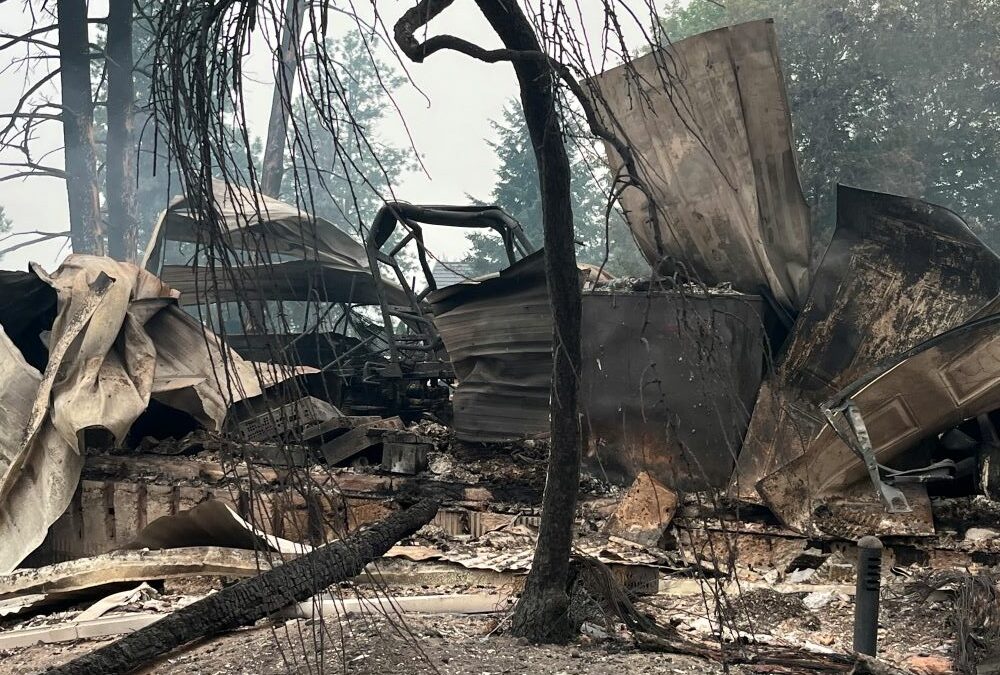The increased frequency and intensity of wildfire is causing significant effects on communities, livelihood and the landscape of British Columbia and abroad. An often unseen and lingering effect of wildfire is the risk of contamination due to the wildfire. Contamination often occurs at the site of a building fire, where vehicles or recreational vehicles have burned, or where fire intersected chemical or fuel product storage areas. The spilling or combustion of these materials due to the fire can impact the soil, water and air quality causing contamination in some cases.

Typically contamination is caused by disposal, spilling, or discharge of hazardous materials that may cause harm to human health or the environment. The interaction with fire introduces uncertainty by not only by causing the spilling and discharging of hazardous materials, but also by reacting with and creating new chemical compounds when the materials burn. The release of toxic substances into the air, soil, and water can have consequences for ecosystems and human health. Inhalation of toxic fumes, contamination of water sources, and deposition of harmful substances in soil can potentially lead to long-term health problems and environmental degradation.
In some cases fire interact with an already contaminated site which can further exacerbate contaminant impacts and change the condition of a site and surrounding area. Air, water and soil were found to be impacted significantly post fire at Fort McMurray where the fire intersected residential, commercial and industrial sites. Heavy metals, hydrocarbons, and PAHs are commonly found to have mobilized, released or deposited post-fire. Prior to remediation impacts from the fires can be experienced at a great distance and over a long time-span. In many cases remediation of these impacted site is possible and necessary to ensure the safety of future occupants and users, as well as environmental quality.
In recent years Sage has been engaged in assessment, remediation, and ecological restoration post-fire in communities in the BC southern interior including the Okanagan, and Shuswap regions. These projects have a sad start but it has been rewarding to the team to finally see our clients with rebuilt homes and reestablished habitat features.
As wildfires become more frequent and intense, the risk of contamination from burned structures, vehicles, and storage areas is an increasing concern. The lingering effects of these fires can impact human health, environmental quality, and the safety of future developments. Addressing contamination after a fire is not only necessary for immediate safety but also for the long-term resilience of affected communities and ecosystems. Through careful assessment, remediation, and ecological restoration, we can help rebuild not just homes but also the natural environments that support life and well-being.
At Sage Environmental, we are committed to helping communities recover from the devastating effects of wildfires by ensuring that contaminated sites are properly remediated and restored. Contact us to learn more and together, we can work towards a safer, healthier environment for all.

